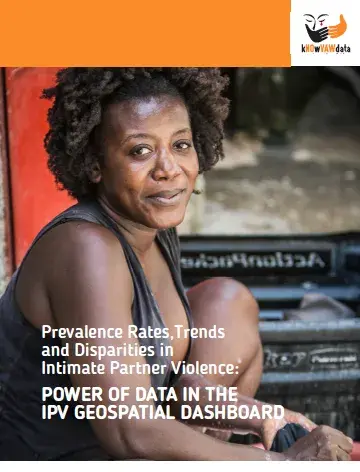Intimate partner violence (IPV) is the most common form of violence that women and girls face globally.
Prevalence data are required to measure the magnitude of the problem; identify groups at high risk; explore the barriers to seeking help; and ensure that the appropriate responses are being provided.
UNFPA launched its first geospatial IPV dashboard on intimate partner violence in December 2020. It features data on the proportion of ever-partnered women who experienced IPV in the past 12 months and offers the highest data coverage of any related source, including data for 119 countries covering all regions of the world.
Using data from the UNFPA IPV dashboard, this report features levels, trends and sociodemographic and geographic disparities, within and across countries, in intimate partner violence in the past 12 months, among ever-partnered women. Such data offer insights for evidence-based policymaking and programming, and targeted resource allocations in order to ensure no one is left behind.


